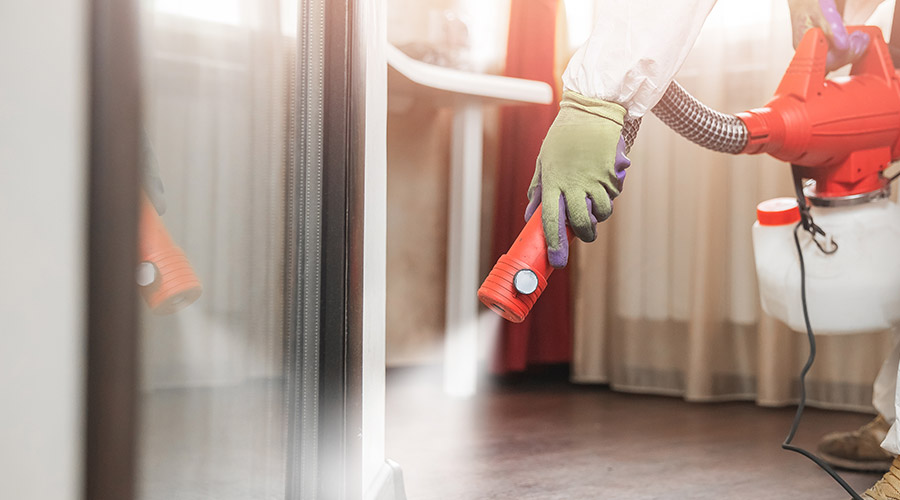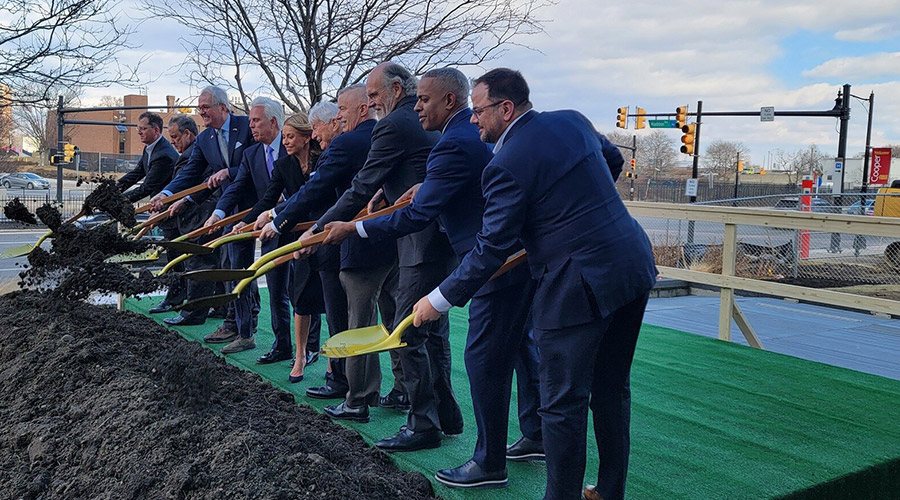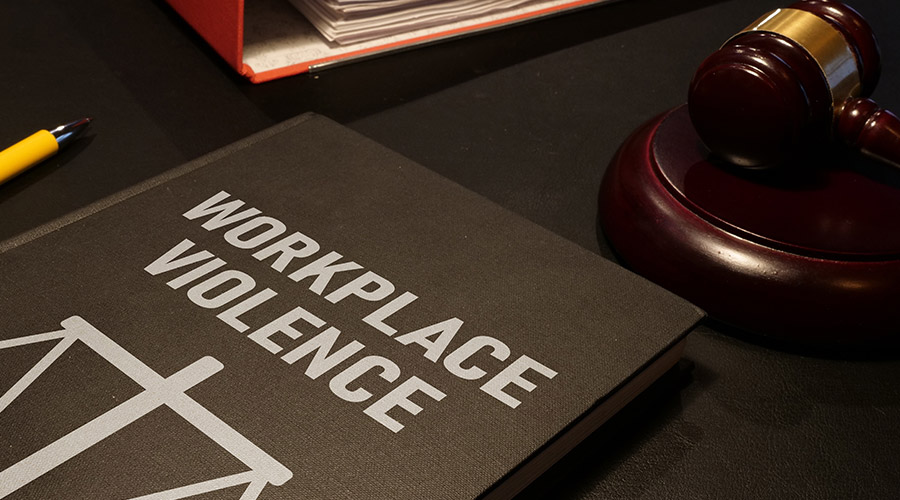Patients should have the expectation of receiving safe care and treatment, as well as the expectation of receiving that care in a safe environment, according to a blog on the Missoulian website by Kathy Tokar, the director of materials management at the Scranton, Penn., Community Medical Center.
"Managing safety in a hospital setting requires a huge effort, touches every department and all disciplines, and requires the full attention of every employee. Creating an organizational culture of safety starts at the very top, from where the importance of safe practices can be continually communicated down through the ranks. Standardized procedures, continual staff training, and empowering staff to identify and report opportunities to improve safety are important elements of embedding safety into daily operations," Tokar wrote.
These are the departments responsible for keeping the buildings and grounds maintained, providing and maintaining equipment, emergency response planning and testing fire alarm equipment, the blog said. The provision of clean linen and sanitized patient rooms, medical equipment inspection and repair, procurement and safe management of supplies, provision and safe handling of food, as well as information systems management and operation all have their own safety requirements that must be met.
"These 'back of house' type departments are responsible for compliance with myriad regulations specific to health care as well as local fire safety regulations and general occupational safety guidelines applied to all industries and large organizations," Tokar wrote.
Read the blog.

 The Top States for Pest Infestations
The Top States for Pest Infestations Ground Broken on Wichita Biomedical Campus Project
Ground Broken on Wichita Biomedical Campus Project Aligning Construction and Facility Activities to Minimize Problems
Aligning Construction and Facility Activities to Minimize Problems Cooper University Health Care Breaks Ground on 'Project Imagine'
Cooper University Health Care Breaks Ground on 'Project Imagine' 3 Employees Injured by Patient at Halifax Infirmary's Emergency Department
3 Employees Injured by Patient at Halifax Infirmary's Emergency Department